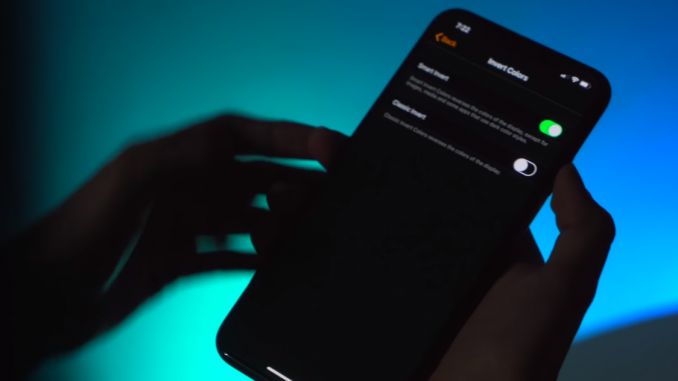
Have you ever been working late at night on a report, because you’d spent the entire day screwing around, and found the incessantly white background of your word processor and your web browser to be unbearable? Well indeed, we’re staying in front of our screens later and later into the night these days, which is why today we’re honoring our first unsung hero: Dark Mode.
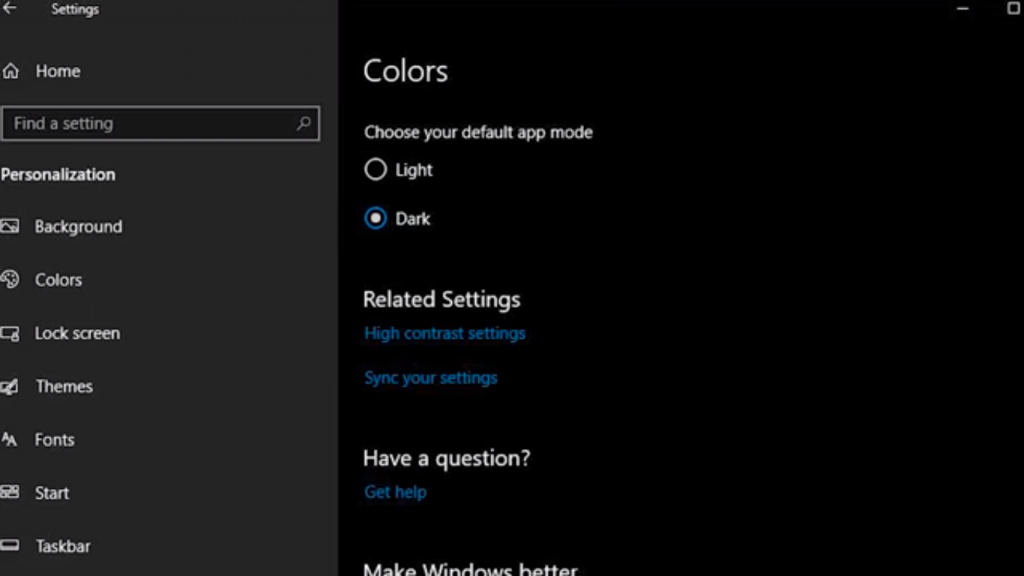
Oftentimes it isn’t obvious whether an app or a program features a dark mode, and it’s often a little unassuming option buried in a menu somewhere. But for those of you who are night owls, you’ll know that it works by reversing the usual color scheme of your windows, putting light colored text on a dark background.

But, it isn’t as simple as just inverting the colors on a webpage and calling it a day. You can see this if you have a browser extension that applies a dark mode, as some elements on the page often don’t look as nice, while other ones, such as images, won’t invert or dim properly.
Coding a good-looking dark mode, that is specific to a certain website, often requires a fair bit of finesse. However, this often ends up being worth it, as dark mode ends up delivering quite a few benefits. It’s pretty common these days for phones and computers to have a built-in night mode to reduce blue light. But the basic idea is that blue light from your screens can affect your ability to properly fall asleep.
Night mode reduces blue light emissions by giving everything a yellowish or a reddish tinge. This might not be a big deal if you’re just trying to read text, but it can result in nearly everything else looking noticeably discolored. That’s where dark mode can be advantageous. Particularly on phones. Many smartphones these days use OLED screens, which don’t require a backlight like a standard TV or a computer monitor would. Any fully black areas of an app in dark mode would just have their pixels turned completely off, so much less light ends up assaulting your eyes. Although you won’t get this effect if you’re using a regular monitor, as you’ll still have its entire backlight emitting blue light, dark mode can still make things much easier to look at during the night if you don’t have another way to reduce eye strain, such as bias lighting.
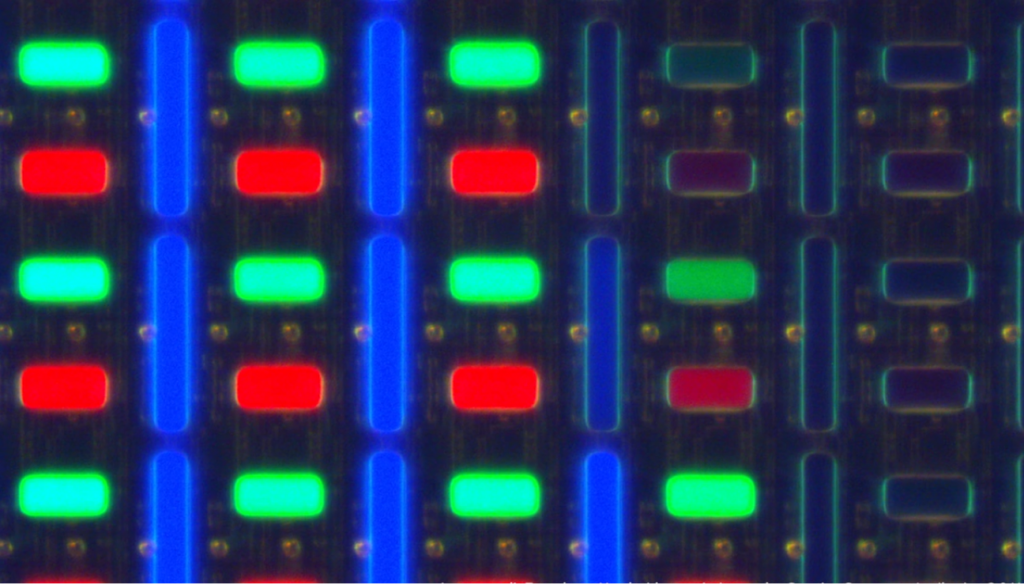
But it isn’t just about making screens easier on the eyes. On those phones with OLED screens that we just mentioned, having fewer pixels illuminated means that dark mode can extend your battery life, as having your brightness turned up is a notorious battery hog, leading some people to run their apps in dark mode even during the daytime. In fact, Google claimed a few years ago that having a predominantly white screen can use up to six times as much battery as a predominantly black one, on the original pixel.
So it might be worth switching to dark mode if you find yourself consistently fighting poor battery life. Android currently offers options to enable dark mode on frequently used apps, like phone, and messages, and iOS has a smart invert colors feature that switches Apple apps to a dark mode pretty elegantly, and also works with third party apps with varying degrees of success. On the desktop side of things, you can enable a dark theme in Windows 10 that can tone down the excessive white of the settings menu, and File Explorer.
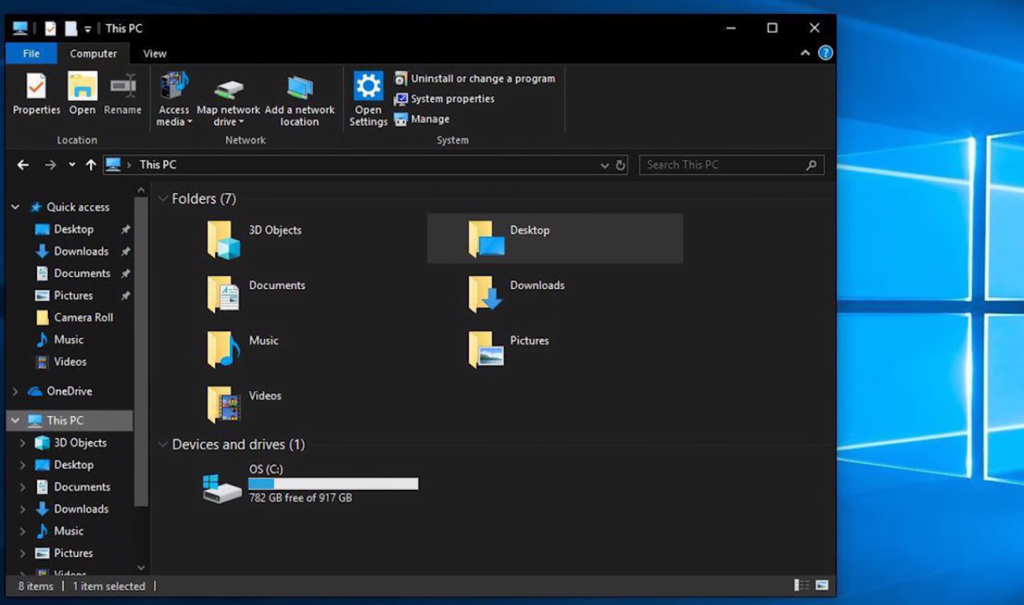
So although dark modes aren’t universally present yet, it’s great to see developers putting some thought into saving our eyes, and that’s why it’s the first unsung hero.
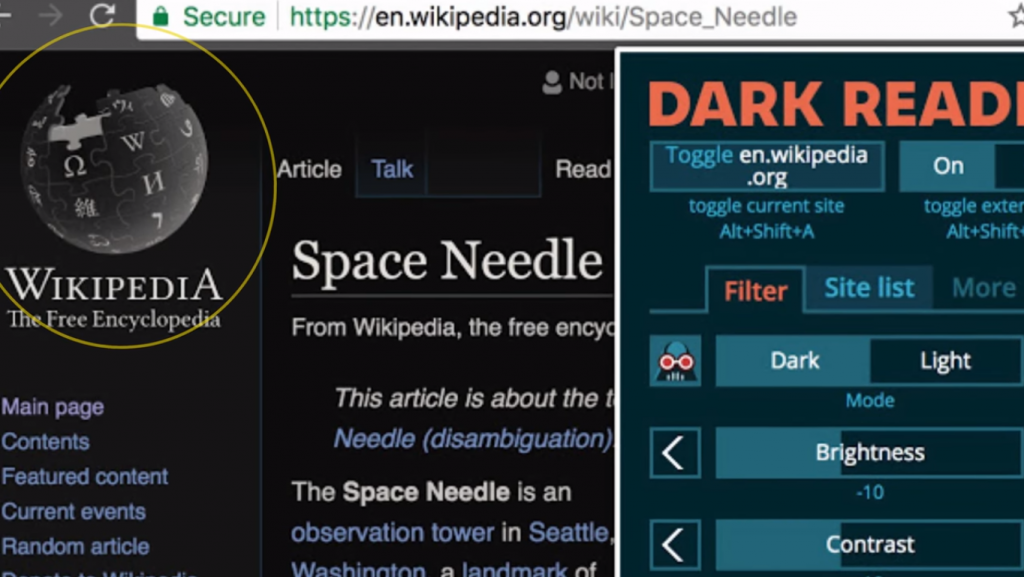
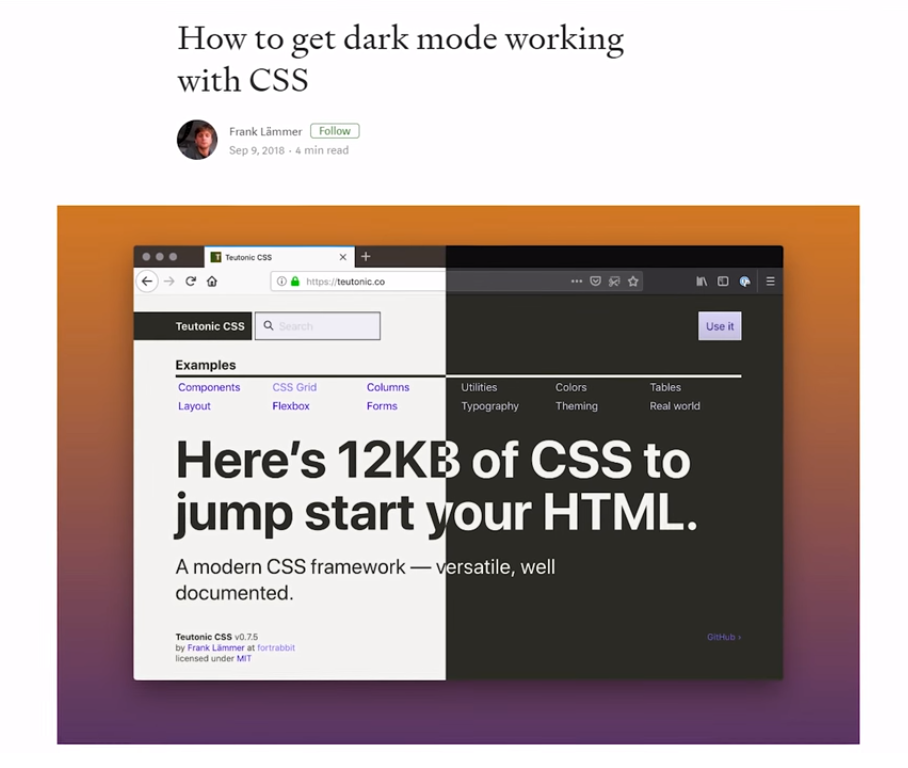
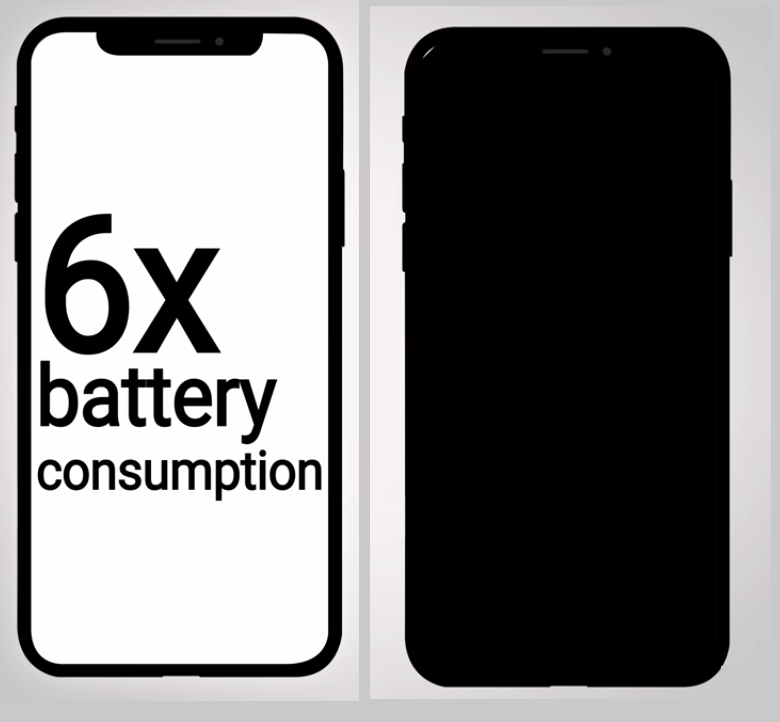
Leave a Reply